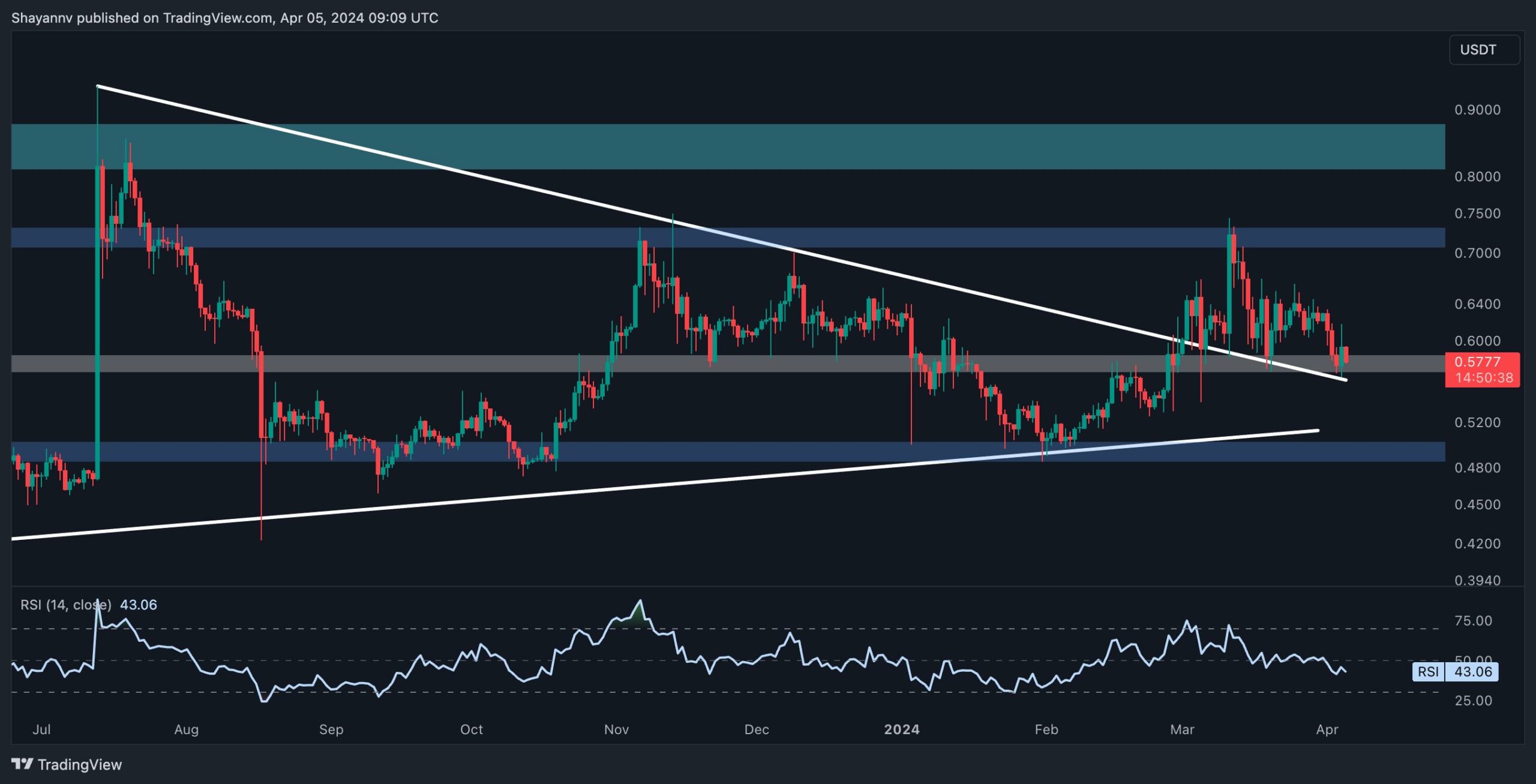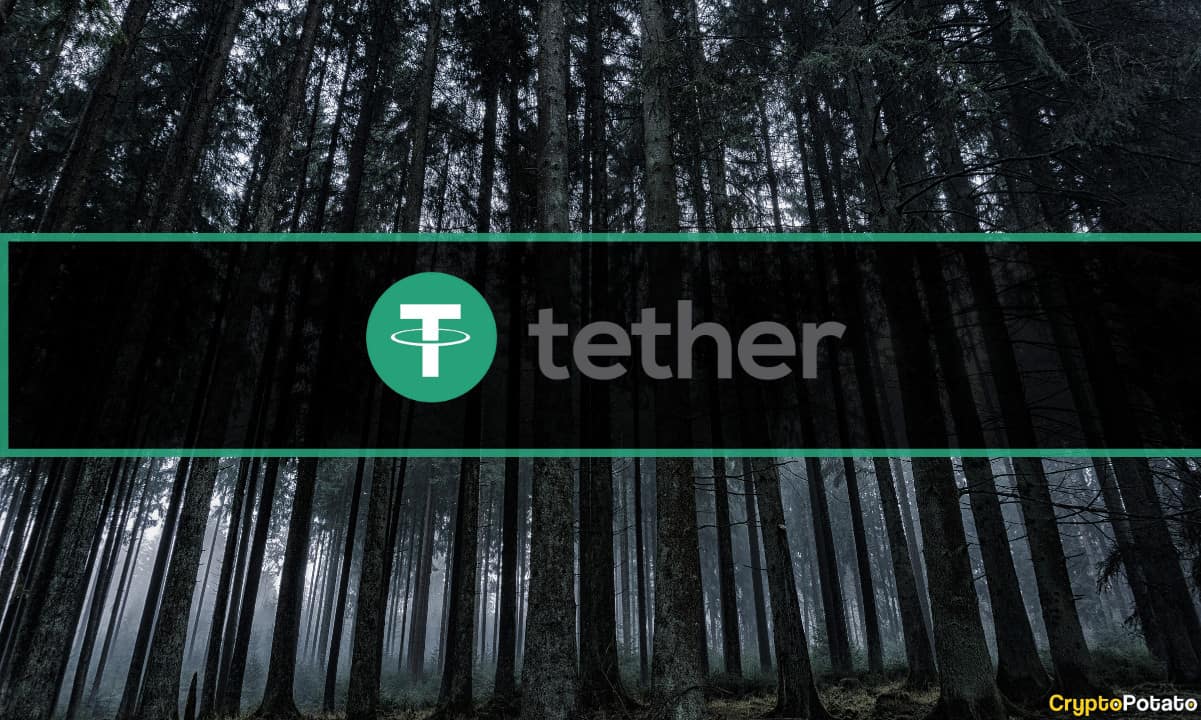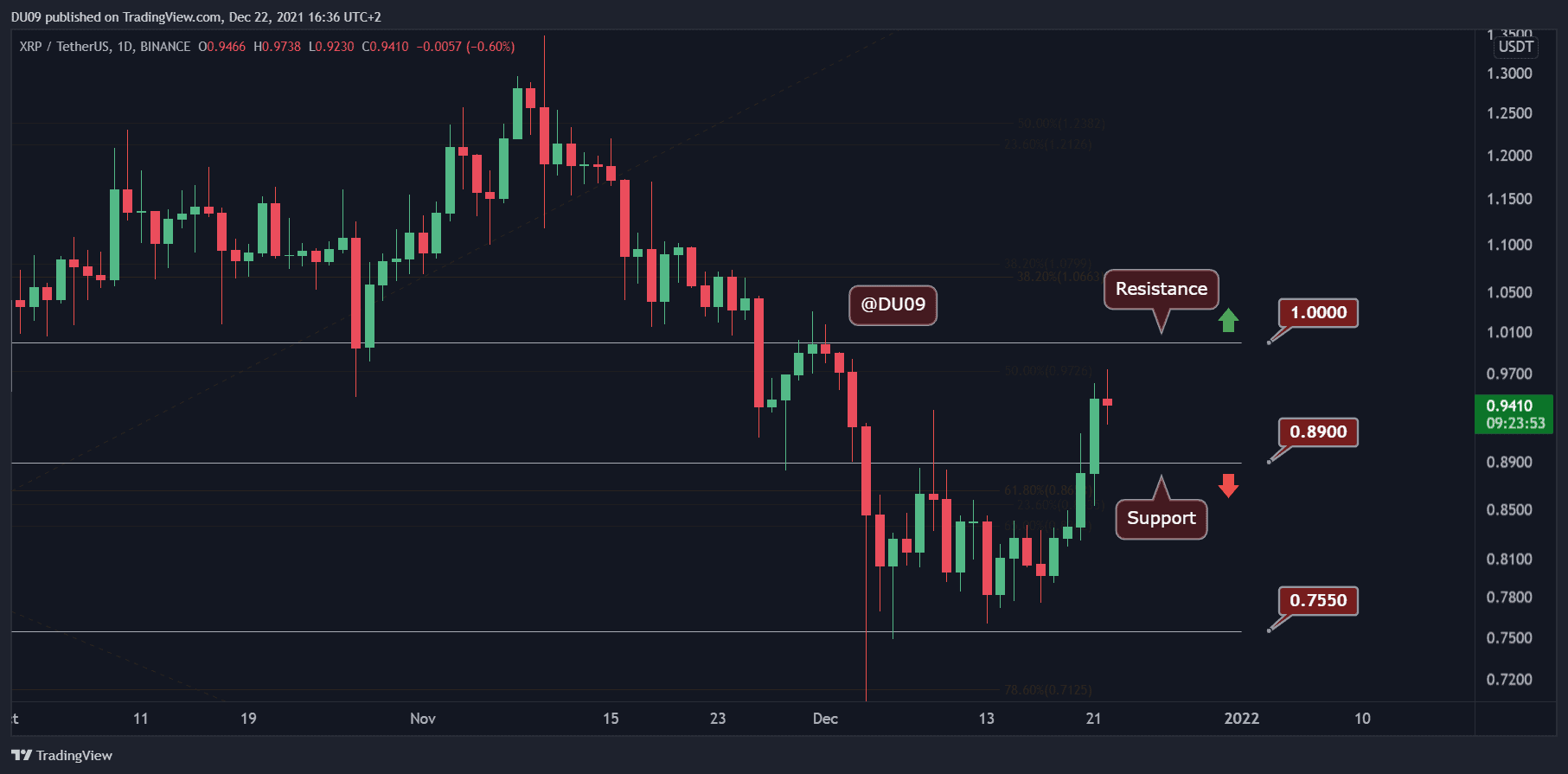Opinion: How Matic Network Overtakes Loom in the Second-Layer Scaling War
Blockchain scaling is back in the news – although, in truth, it never went away. Instead, higher global events conspired to relegate it to the inside pages for a time. Now, as the crypto markets show signs of a resurgence, with bitcoin back in the green for the year to date, on-chain scaling is a hot topic again.
Decentralized applications require fast and low-cost transactions since every activity made in-app, such as placing a bet or creating an avatar, is saved on-chain. Networks such as Ethereum simply aren’t cut out to handle this level of demand, hence the development of layer-two solutions such as Matic Network that can pick up the strain. Crypto developers will be watching closely to see how Ethereum scaling plays out, where the winning solutions are likely to expand into other blockchain ecosystems.
How Ethereum’s Sidechain Challengers Stack Up
Matic Network isn’t the only layer two seeking to scale Ethereum, for the benefit of dApps – Plasma, Loom, and Raiden were all born with a similar goal in mind. In fact, Matic and Loom both use implementations of Plasma to deliver results, but despite these ostensible similarities, the projects are pursuing very different trajectories.
Loom, an interoperable layer-two network, was out of the blocks first, but it’s faltered in recent months, with VR platform Somnium Space jumping ship to Matic and other Loom dApps in the process of following suit. Coupled with network validators withdrawing their support due to the unprofitability of running a Loom node, and the scaling pendulum has undoubtedly swung in Matic’s favor.
As Ryan Selkis noted in Messari’s newsletter on April 6, Loom “has seen its fair share of departures over the last few months. Former CEO Matthew Campbell stepped down from his position towards the end of Feb. In the following weeks, several validators in the chain’s DPoS system, such as Chorus One, Stake Capital, and StakeWith.Us, announced plans to drop support for Loom, with most citing the project’s recent change in management and uncertain future direction as reasons for leaving.”
He added: “Around the same time, a handful of Loom-based games, including the chain’s most popular app in Axie Infinity, left the network in search of an alternative solution.”
So far, Matic has attracted around 50 dApps to its PoS-secured Ethereum sidechain, with notable projects including Decentraland and whitelabel betting platform BetProtocol. From a technical perspective, there are some critical differences in the Plasma implementation utilized by Loom and Matic, which may also account for the falling fortunes of the former. Loom’s sidechain implementation of Plasma Cash requires assets to be represented as non-fungible tokens (NFT), which makes Loom less suitable for payments, which are an integral component of many dApps.
Matic Marches Ahead as Mainnet Launch Nears
Blockchain scaling is a marathon, not a sprint, and thus it’s too early to declare victors. Plasma was first proposed in 2017 and is only now starting to see real-world usage. If Matic Network’s architects appear confident, however, their self-belief is understandable. Despite having several dozen dApps utilizing its sidechain, the layer-two is still applying the finishing touches to Counter Stake, its incentivized staking testnet, which has attracted more than 500 participants.
The mainnet itself, which will introduce features such as the ability to perform transactions without ETH, and basic smart contract support, isn’t due to go live till May. Matic won’t be the last Ethereum scaling solution to emerge. But it may be the first project to have vanquished the competition before its mainnet has even launched.
The post Opinion: How Matic Network Overtakes Loom in the Second-Layer Scaling War appeared first on CryptoPotato.









